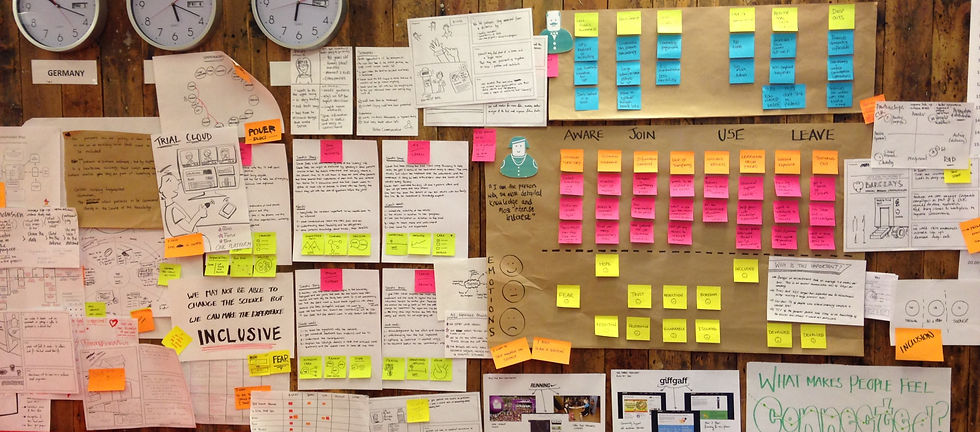Role: Senior Product Designer
Project: AstraZeneca - Clinical Trials Health App
Platform: Mobile native app
DIG (Digital Innovation Group) is an innovation incubator lab run by AstraZeneca to create digital products and services aimed at solving some of the problems facing patients, healthcare professionals and the pharmaceutical industry as a whole. My role as lead UX / product designer was to facilitate the end to end design process and develop a viable product for the problem space.
The challenge

The discovery research stage revealed the success or failure of a clinical trial is not solely decided by the efficacy of a drug. There are dozens of other factors that ultimately help determine its value, depending upon who you ask. For example, patients want to know how it will have an impact on their lives and payers are increasingly demanding proof of significant clinical benefit before committing to buying new treatments.

The hypothesis
If AstraZeneca was to use open and transparent patient data to help engage and educate new patients, this collaborative network could give valuable feedback that would go some way to proving the value of a drug in a Phase 4 clinical trial.

The approach
Primary research
12 USA clinical trial patient interviews
10 UK clinical trial participant interviews
10 HCP interviews in Poland
Secondary research
Two co-collaboration workshops with five diabetes patients
Eight in-depth interviews with clinical trial participants
Co-collaboration workshop with three clinical trial nurses
Service Map development - clinical trial service map from patient/participant perspective built up over a period of 6 weeks research
Design
Innovation ideation lead and facilitated daily ideation (generative and formative) sessions
Prototyping - rapid concept development and iterative user testing
Concepts - hi-fidelity concepts to demonstrate capability to investors

The solution
The solution, Pulse, is an app service that combines factual information about the drug, its usage, side effects, with a broader indication of how it might affect your quality of life. You know how to take it, what it contains and some of its side effects, but can you still exercise? Will it affect your sex life? How about mood? What diet should you consider to give it the best chance of succeeding? This information might be included as part of the label and/or a leaflet that comes in every drug’s packaging. But behind that would be a digital service that patients could contribute to – perhaps via an app. Patients could drill down into the data themselves, personalising it to see how things like side effects, diet and usage might affect someone in their shoes. The insights gathered would help patients understand how the drug would help them and their condition. Ultimately, this data could also be used more widely by R&D teams, doctors, those involved in sales or payers as wider evidence of its real-world effects. For AstraZeneca, it could also help identify and tackle unmet patient needs.















